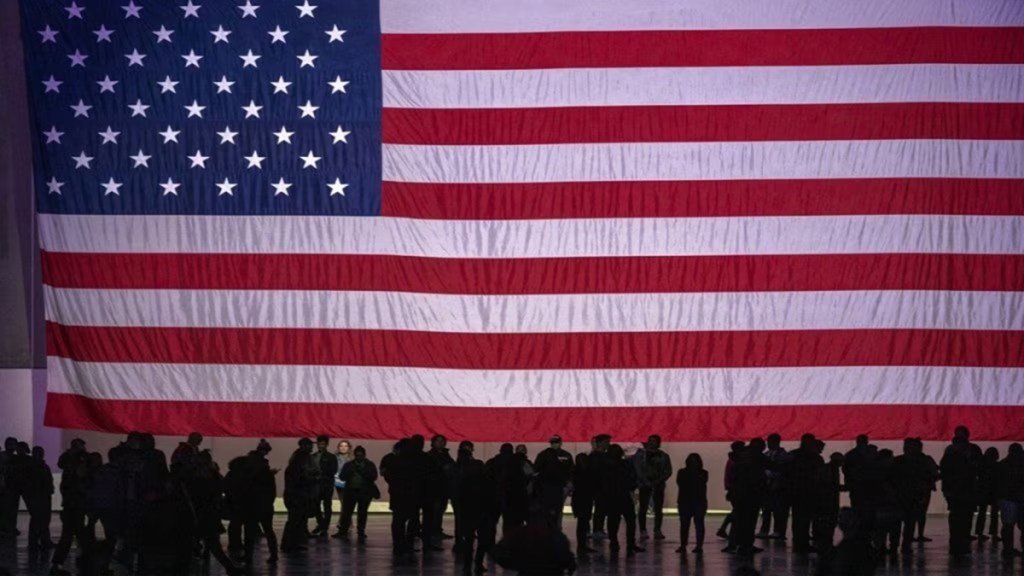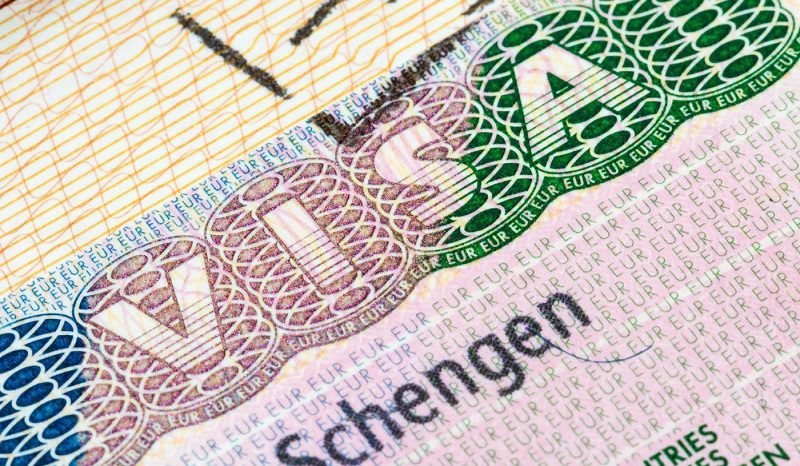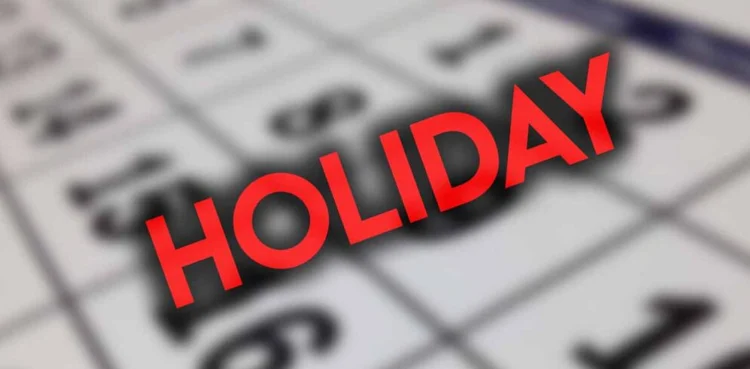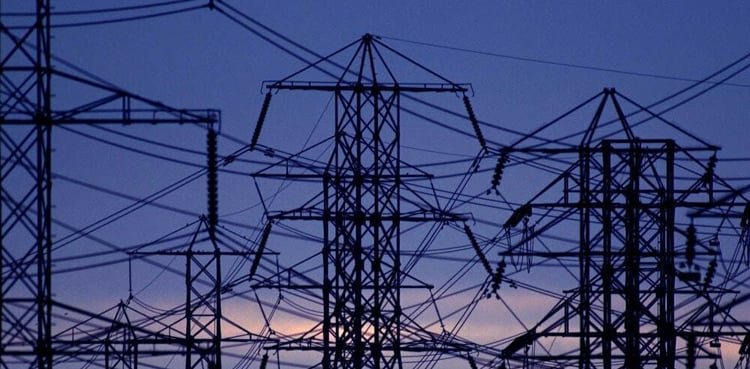
The U.S. Department of State has released the Visa Bulletin for May, outlining the availability of immigrant numbers for Final Action Dates and Dates for Filing Applications. These dates determine when visa applicants should be notified to assemble and submit the necessary documentation to the National Visa Center.
Due to high demand and usage of visas by applicants from India in the EB-5 unreserved categories, along with increased demand from the rest of the world, the final action date for India has been further retrogressed to keep visa issuance within the limits set for fiscal year 2025. If demand continues to rise, a final action date may also need to be set for countries in the rest of the world category.
Each month, the Visa Bulletin sets cut-off dates that help determine who may apply for adjustment of status and who is eligible for permanent residency. Applicants whose priority dates fall before the published cut-off dates are allowed to move forward with the process.
For FY-2025, the family-sponsored immigrant limit is set at 226,000, while the employment-based preference limit is at least 140,000. Under the law, no more than 7% of these totals—25,620 visas—can be allocated to individuals from any single country. Dependent areas are capped at 2%, or 7,320 visas.
While visa cut-off dates generally progress forward, they can also remain the same or retrogress, depending on application volume. Retrogression occurs when the number of applicants exceeds the available visas for a specific country or category during a given month.
As the fiscal year progresses and the number of issued visas approaches the annual cap, retrogression becomes more likely. Applicants must have an immigrant visa number available at both the time of application and the time their case is reviewed.
At the start of the new fiscal year on October 1, a fresh supply of visa numbers is made available. In many cases, this leads to forward movement or restoration of dates that had retrogressed, although this is not guaranteed.


















